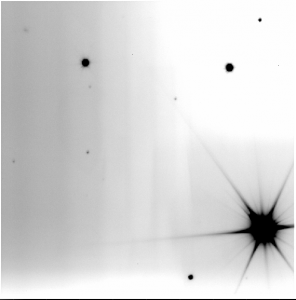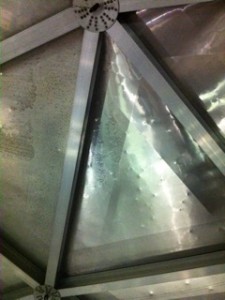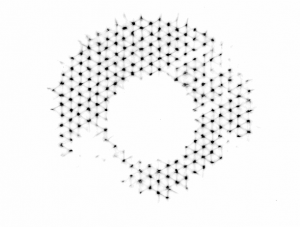We have had a very exciting couple of weeks. In the last blog post I had mentioned that we made some repairs and improvements to the top end of the telescope and that the LRS2 team had left the telescope in the hands of the night operations team to gain experience with the system. That is exactly what we did over the bright lunation. We had nights set aside with all of the telescope operators working together at night to make sure that we all know how to operate all of the new software the same way and to work out the kinks in the operations procedures. This was followed by a few nights with the resident astronomers all working at night to do the same. The result was that we had developed a few pieces of code that would allow us to determine the exact position of the LRS2 field of view and could setup any target that the Acquisition camera could see.
In the mean time, the day staff was prepping the right VIRUS enclosure for the delivery of the first 9 units (18 spectrographs). The spectrographs were brought out in two vans along with the VIRUS commissioning team for the dark run (where the moon is in the new phase). The fibers were strung, the units were vacuum pumped and finally cooled. Everything went ahead of schedule and on Saturday night we were able to make use of some very clear skies to get first light with the VIRUS spectrographs. On Sunday night we were able to get the first LRS2 science spectrum (a supernova for an astronomer at PSU) and a few long exposures for characterization of the VIRUS units.
The telescope is still occasionally fussy but generally performed well and the commissioning work continues on into the next week until quarter moon. At the present time the data reduction software is the thing that is lagging most behind.



